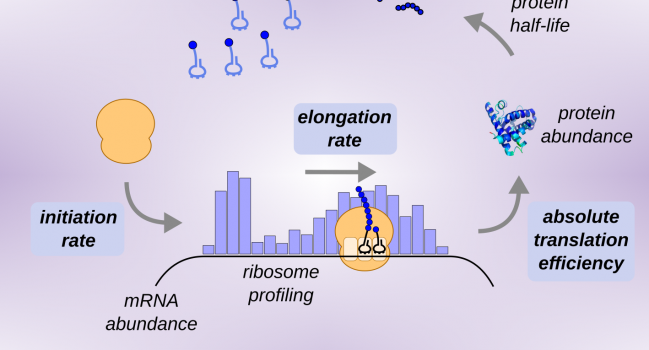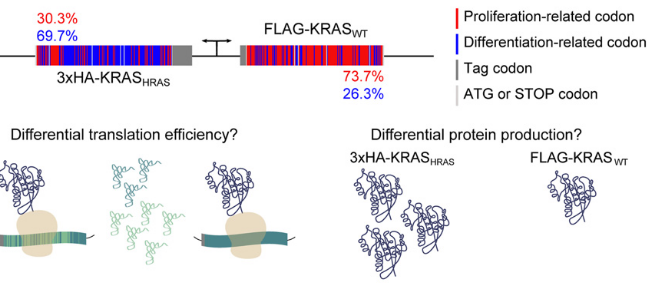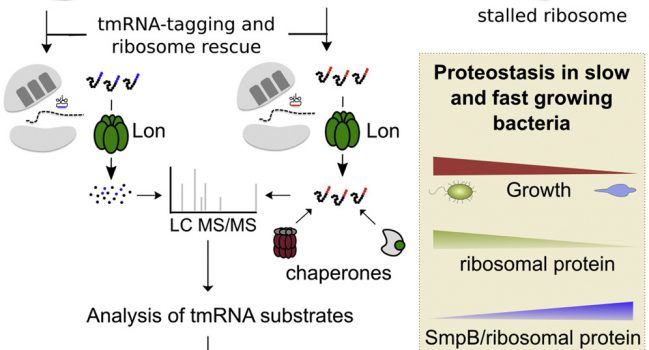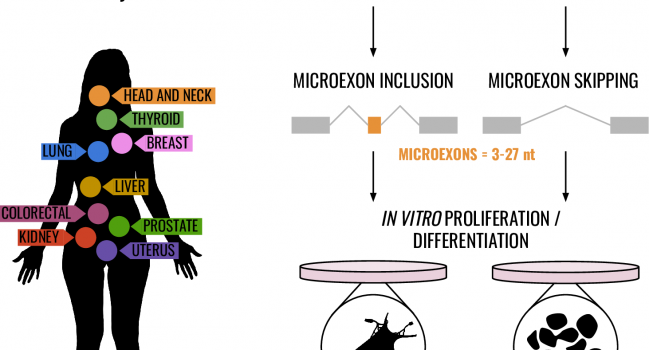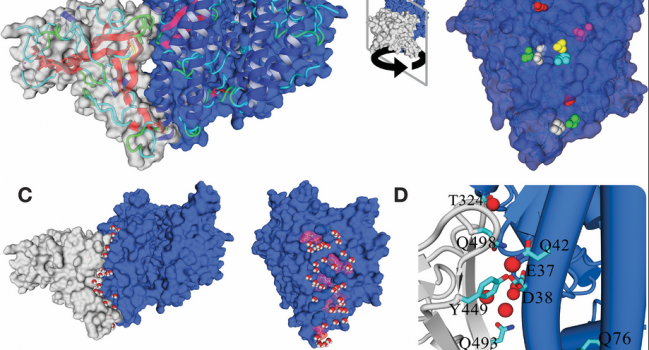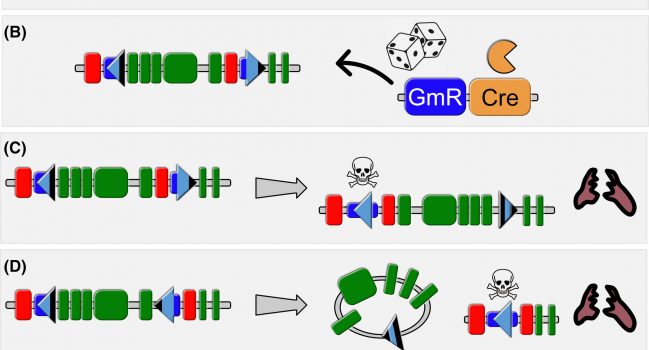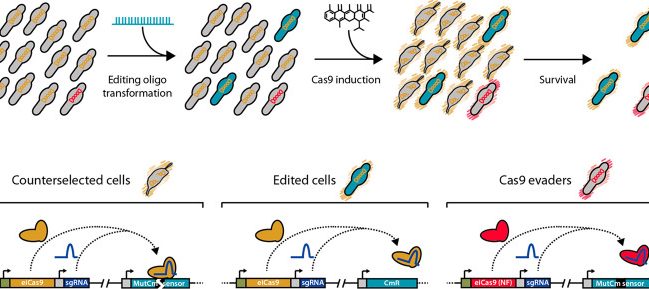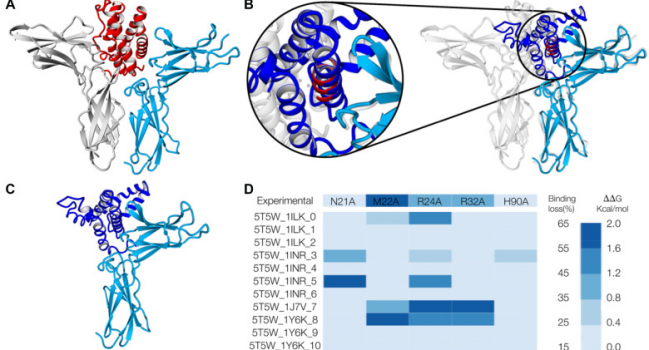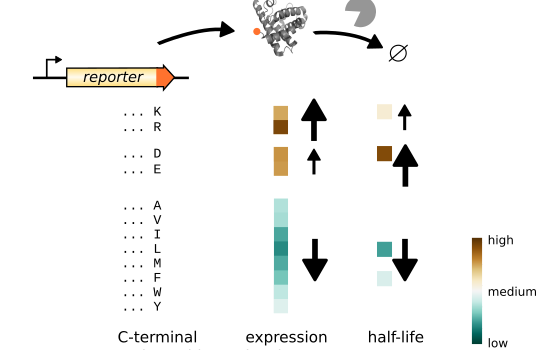Comprehensive quantitative modeling of translation efficiency in a genome-reduced bacterium
Abstract Translation efficiency has been mainly studied by ribosome profiling, which only provides an incomplete picture of translation kinetics. Here, we integrated the absolute quantifications of tRNAs, mRNAs, RNA half-lives, proteins, and protein half-lives with ribosome densities and derived the initiation and elongation rates for 475 genes (67% of all …

